Some of the questions I get asked most often have to do with getting money for traveling internationally, so I figured it was time I set the record straight.
Getting foreign currency while traveling abroad can be confusing—1. Because there are so many different options for where and when to get it and 2. Especially if you’re traveling to more than one country within the same trip. How do you know how much to get? Should you get it before you leave or after you get there?

Everyone wants to get the most for their money, so I’m going to show you how to make your money go the furthest while you’re traveling. Here are some of the most common questions I hear:
Should I get foreign currency before I go or when I get there?
The best exchange rate is almost always going to be after you arrive in another country.
For getting money before travel, some credit unions provide pretty competitive exchange rates (still probably not as good as waiting until you get there), so if you really want to have money ready on arrival, that is an option but you’ll need to plan in advance. Normally, they will ship currency in about 2 business days but there is a fee.
If you can, I’d recommend getting foreign after arrival in-country.
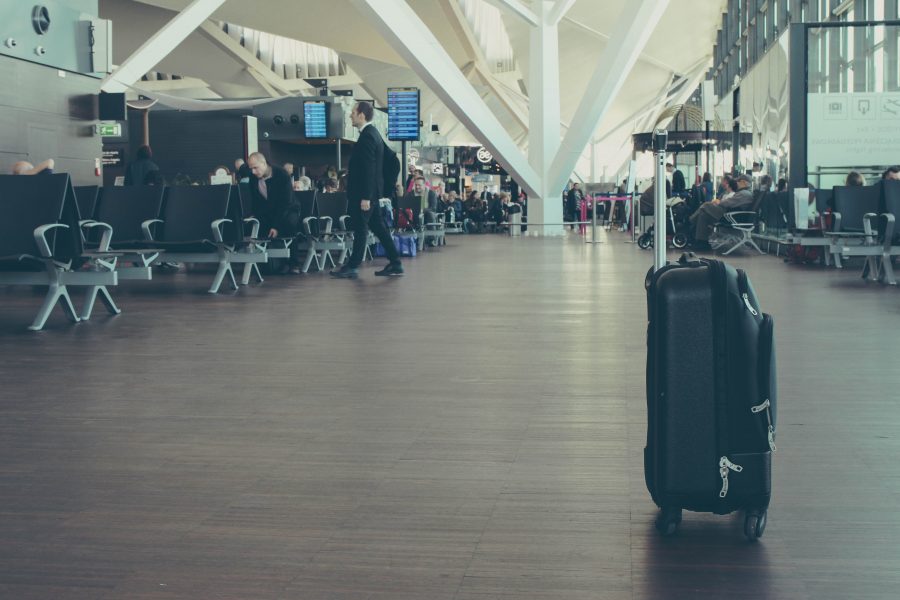
Where can I get the best exchange rate?
City center ATMs provide the best rates. Personally, I usually get a few bucks at an airport ATM on arrival to tip the driver or for anything else I may need between the airport and hotel, but I try to get the bulk of my money at an ATM in the destination’s city center.
Another tip: If an ATM ever asks whether you would like it to convert the currency for you or let your bank convert it, always let your bank convert. They will give you a much better conversion rate than ATMs do.
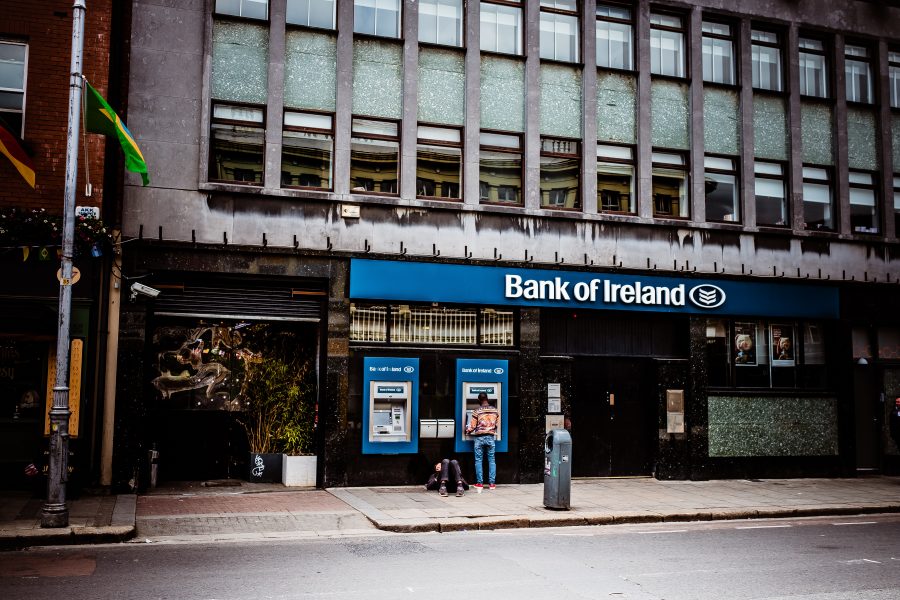
Do I really need to get their currency or can I just use USD?
This depends on where you’re going. Usually in Mexico and the Caribbean you can use USD without a problem and sometimes they even welcome it because it’s more valuable there. If you’re going on a Caribbean cruise, don’t waste your money getting each little island’s currency before you go. You’re not going to need it and would be better off sticking with USD.
However, if you’re going to Europe or just about anywhere else, you’re going to need to use their currency. Think of it this way: if you were working at a cash register and someone tried to pay you in Euros, you’d probably laugh, right? It’s actually considered somewhat impolite to try to pay in USD in a lot of places.
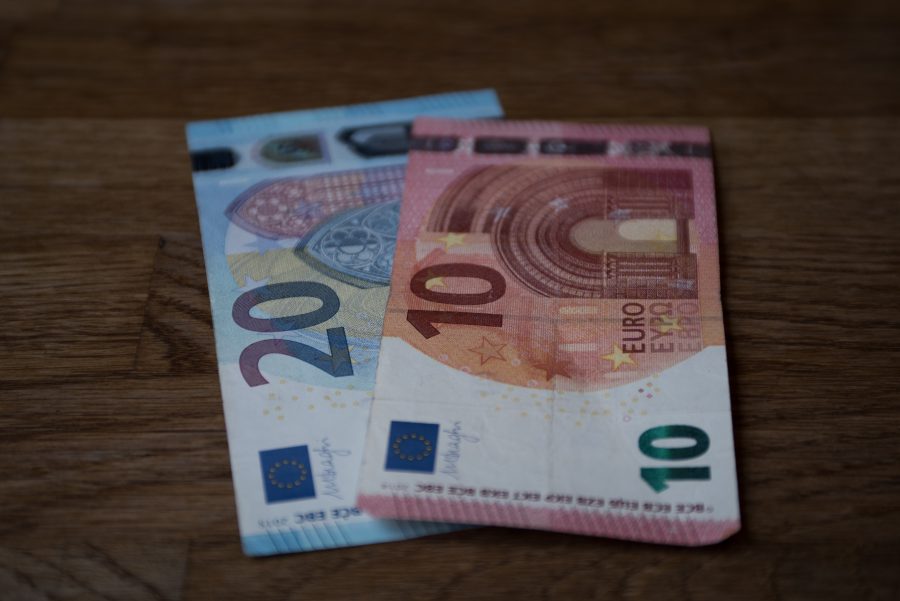
Should I use a credit card or a debit card while traveling?
For cash from an ATM, you’re going to need a debit card. All debit cards charge a fee to convert the currency for you or even for international transactions, but it’s still less than the exchange rate you’re going to pay if you take actual cash to a currency conversion counter (these are the biggest rip-off!).
I can’t stress this enough: get a credit card that has no foreign transaction fees (and make sure it’s a Visa or MasterCard, which are more widely accepted than others)! Then use it for as many purchases as possible on your trip. Only get cash for what you would need it for like tips and purchases from handicraft markets, etc. Almost everywhere these days takes credit cards. When you get home, just pay off the credit card and that is the only way to avoid all fees when making purchases while traveling.
Pre-paid travel cards are pretty much the same thing as a debit card and still charge fees.
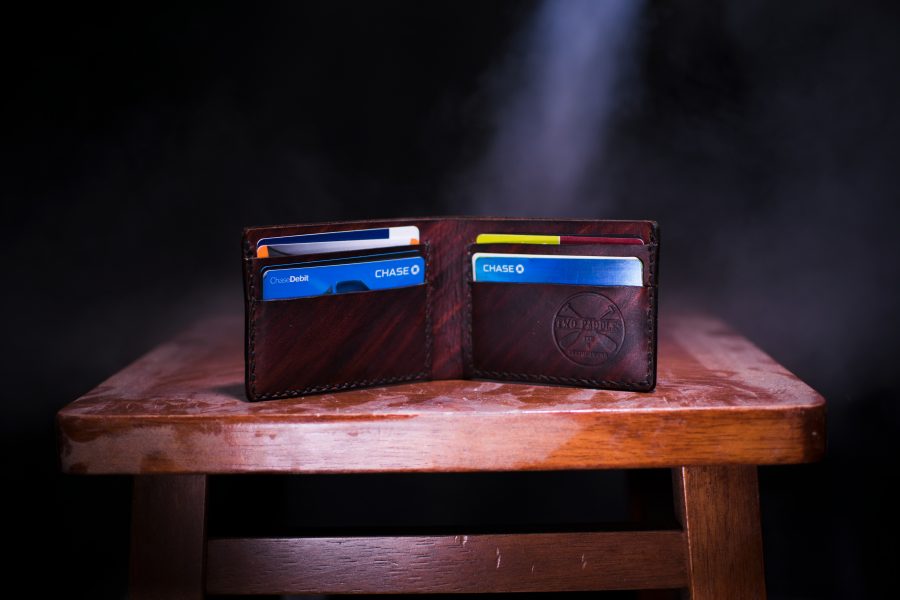
So there you have it! Those are my tips for making the most of your money while traveling. If anyone has any other questions I didn’t address here, feel free to leave them in the comments!
$incerely,
CAITLYN WITHOUT A COMPASS

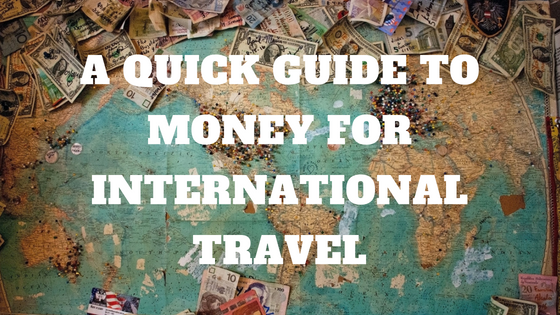


Leave a Reply